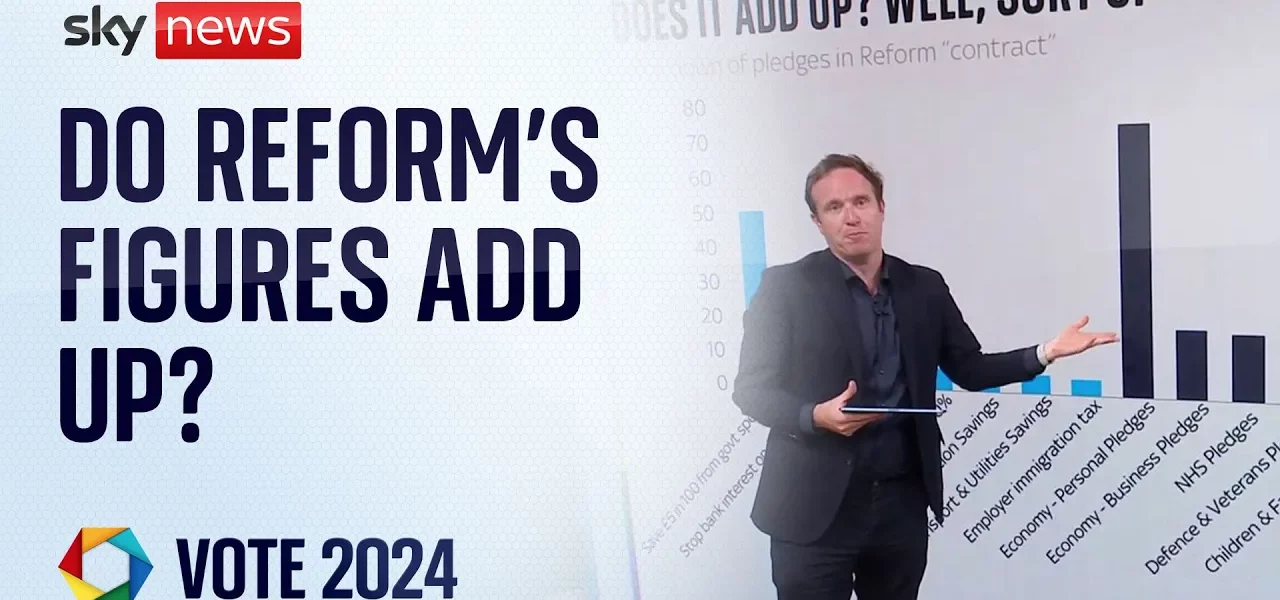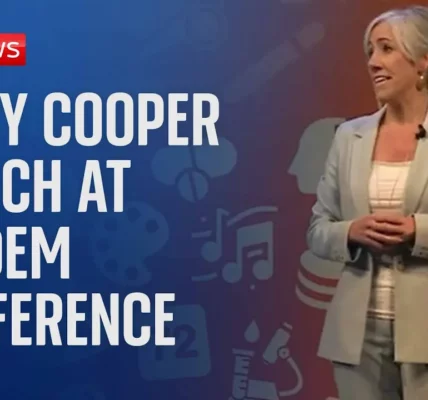Do the Numbers Add Up? Analyzing Political Manifestos

This article provides a comprehensive analysis of the financial implications of recent political manifestos, exploring the intricacies of their proposed spending cuts and revenue generation strategies.
Introduction
The question of whether political manifestos add up financially is crucial for voters and policymakers alike. This analysis dives into the financial plans outlined in various manifestos, examining if the proposed budgets are feasible and thoroughly costed. With a focus on recent proposals, we will dissect the numbers to uncover the underlying assumptions, potential pitfalls, and overall viability of these financial strategies.
Overview of Financial Proposals
Political manifestos often present ambitious financial plans that include both spending cuts and new revenue generation strategies. A critical examination of these figures is essential to understand their practicality. Here, we will look at the key components of these proposals, breaking down the revenue and spending aspects.
Revenue Generation
Proposed revenue generation often hinges on reducing spending or increasing taxes. The following points summarize common strategies:
- Cutting unnecessary government spending
- Increasing personal allowances and tax thresholds
- Adjusting tax rates, such as stamp duty and inheritance tax
Spending Plans
On the spending side, manifestos often promise significant investments in social services and public welfare. Key areas of expenditure might include:
- Healthcare and welfare programs
- Education and infrastructure development
- Defense and international aid
Analyzing the Numbers
An essential part of evaluating these manifestos is to closely analyze the numbers presented. This section will delve deeper into the assumptions underlying the proposed financial strategies.
Spending Cuts: A Closer Look
One of the significant claims often made in political manifestos is the ability to save substantial amounts through spending cuts. For instance, a manifesto may claim to save £50 billion by eliminating wasteful spending. However, the feasibility of such cuts can be questioned:
- Identify which spending categories are to be cut.
- Examine the potential impacts of these cuts on public services.
- Consider the political implications of cutting essential services like pensions.
Revenue Assumptions and Risks
Revenue assumptions often rely on optimistic projections of economic growth and effective tax collection. An example includes:
- Changing the way the Bank of England pays reserves to banks, aimed at generating additional revenue.
- The risks involved in such changes, including potential market instability.
- The likelihood of achieving the projected revenue without causing significant financial disruption.
Comparative Analysis of Manifestos
When comparing various political manifestos, it becomes evident that some proposals are far more ambitious than others. For instance:
Spending Proposals Across Parties
The scale of proposed spending can vary dramatically:
- The Conservative manifesto proposes a significantly lower spending plan compared to reformist parties.
- The Liberal Democrats present a moderate plan, while the Green Party’s spending proposals exceed those of many other parties.
- Reform’s manifesto suggests spending multiples of the Conservative plan, raising questions about sustainability.
Conclusion
In conclusion, while political manifestos often present attractive financial proposals, a detailed analysis reveals significant questions regarding their feasibility and sustainability. The critical examination of revenue generation and spending cuts shows that many assumptions are overly optimistic or insufficiently detailed. As voters prepare to make informed decisions, it is essential to scrutinize these financial plans critically. We encourage readers to stay updated with further analyses and discussions on this topic to fully understand the implications of these manifestos.
For more insights on economic policies and political manifestos, visit our related articles on financial analysis and political strategies.
“`




